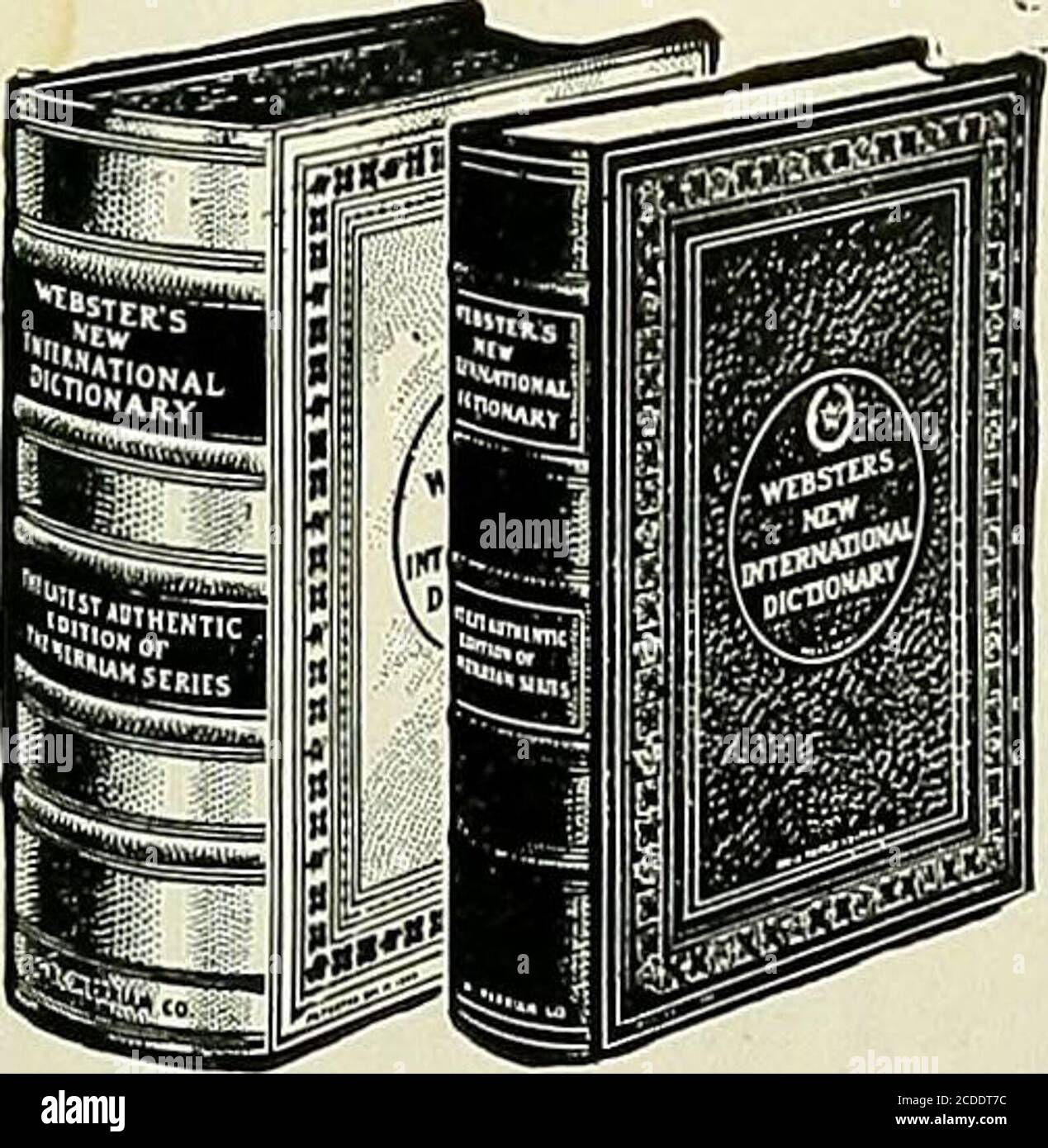
Hamlen of New Haven, Connecticut, prepared the 1841 printing of the second edition. Again in two volumes, the title page proclaimed that the Dictionary contained "the whole vocabulary of the quarto, with corrections, improvements and several thousand additional words: to which is prefixed an introductory dissertation on the origin, history and connection of the languages of western Asia and Europe, with an explanation of the principles on which languages are formed. Its title page does not claim the status of second edition, merely noting that this new edition was the "first edition in octavo" in contrast to the quarto format of the first edition of 1828. In 1841, 82-year-old Noah Webster published a second edition of his lexicographical masterpiece with the help of his son, William G. Not all copies were bound at the same time the book also appeared in publisher's boards other original bindings of a later date are not unknown. When he lowered the price to $15 (adjusted for inflation: $404.82), its sales improved, and by 1836 that edition was exhausted.

There were 2,500 copies printed, at $20 (adjusted for inflation: $539.77) for the two volumes. Converse in two quarto volumes containing 70,000 entries, as against the 58,000 of any previous dictionary.

In 1828, when Noah Webster was 70, his American Dictionary of the English Language was published by S. First edition 1828Įxtract from the Orthography section of the first edition, which popularized the American standard spellings of -er (6) -or (7) dropped -e (8) -or (10) -se (11) doubling consonants with suffix (15) He spent the next two decades working to expand his dictionary. In William Shakespeare's first folios, for example, spellings such as center and color are the most common. Rather he chose already existing options such as center, color and check on such grounds as simplicity, analogy or etymology". He was very influential in popularizing certain spellings in America, but he did not originate them. In A Companion to the American Revolution (2008), John Algeo notes: "it is often assumed that characteristically American spellings were invented by Noah Webster. Webster was a proponent of English spelling reform for reasons both philological and nationalistic. In it, he popularized features which would become a hallmark of American English spelling ( center rather than centre, honor rather than honour, program rather than programme, etc.) and included technical terms from the arts and sciences rather than confining his dictionary to literary words. His first dictionary, A Compendious Dictionary of the English Language, appeared in 1806. Noah Webster (1758–1843), the author of the readers and spelling books which dominated the American market at the time, spent decades of research in compiling his dictionaries. Noah Webster's American Dictionary of the English Language Merriam-Webster is the corporate heir to Noah Webster's original works, which are in the public domain. " Webster's" has since become a genericized trademark in the United States for English dictionaries, and is widely used in dictionary titles.

Webster's Dictionary is any of the English language dictionaries edited in the early 19th century by American lexicographer Noah Webster (1758–1843), as well as numerous related or unrelated dictionaries that have adopted the Webster's name in honor. An 1888 advertisement for Webster's Unabridged Dictionary


 0 kommentar(er)
0 kommentar(er)
